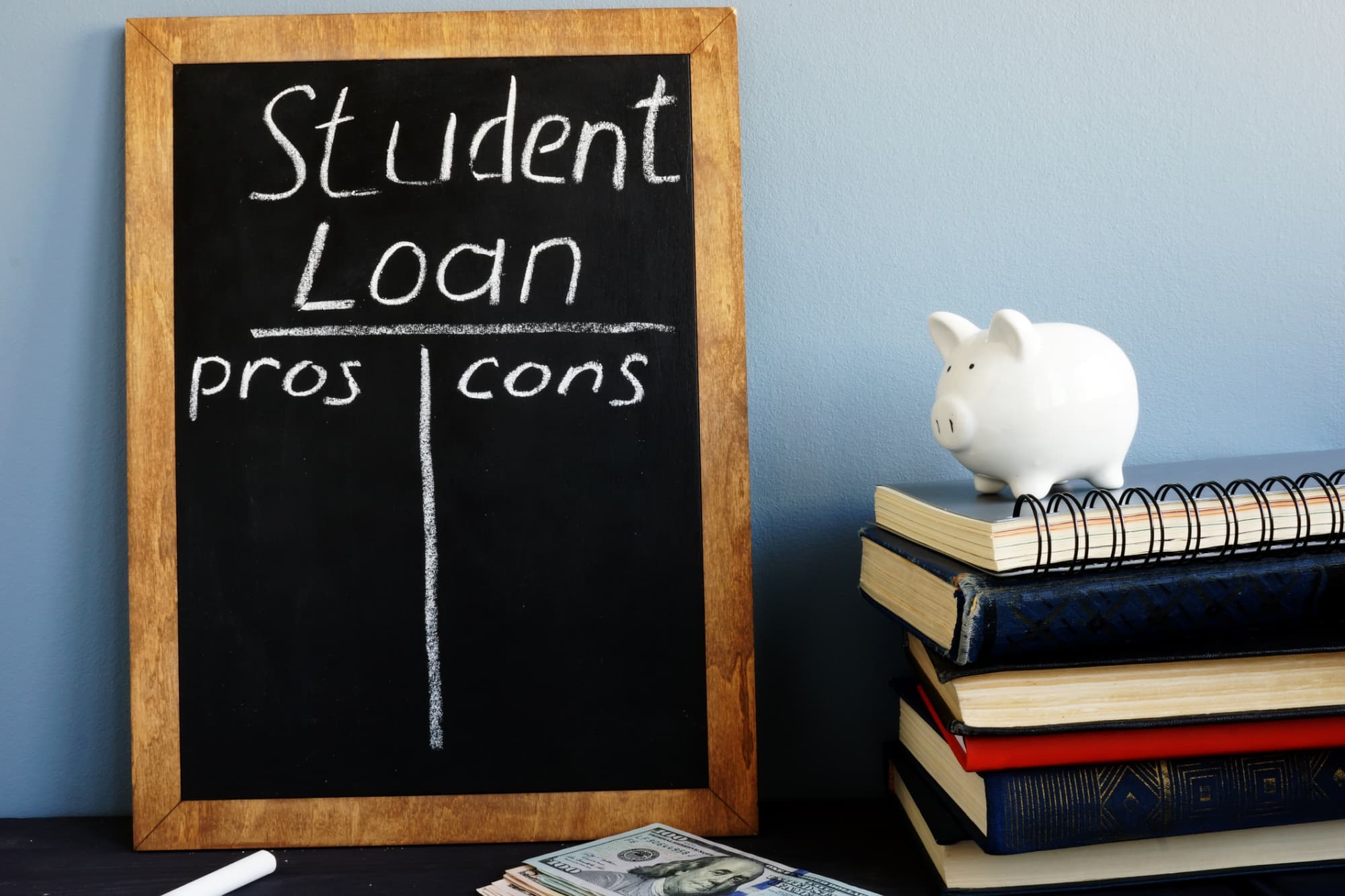Student Loan Payment Pause Extended — One Last Time
Writer
Writer
www.bestcolleges.com is an advertising-supported site. Featured or trusted partner programs and all school search, finder, or match results are for schools that compensate us. This compensation does not influence our school rankings, resource guides, or other editorially-independent information published on this site.
Turn Your Dreams Into Reality
Take our quiz and we'll do the homework for you! Compare your school matches and apply to your top choice today.
- Under fire to cancel student debt, Biden's team prolongs the interest-free break on federal collection.
- The Dept. of Education now calls Jan. 31 the moratorium's "definitive end date" — payments will restart in February.
- After four extensions, the loan pause will have provided almost two years of relief.
The moratorium on federal student loan repayments will be extended a fourth and final time, according to the Department of Education (ED), until January 31, 2022. Enacted in March 2020 under the Coronavirus Aid, Relief, and Economic Security (CARES) Act, the pause was extended in a series of executive orders, first by President Trump and then President Biden.
According to a Pew survey taken in spring, two-thirds (67%) of borrowers anticipated it would be difficult to afford loan payments if they were to resume the following month. Half of those affected by the pause (52%) said they were unsure when they would be required to resume payments. The ED says the extension will give borrowers time to prepare for the restart, reducing the risk of delinquency and defaults.
Meanwhile, progressive Democrats are pushing Biden to address the student debt crisis before repayment resumes in January. Applauding the extension, Senator Elizabeth Warren (D-Mass.), Senate Majority Leader Chuck Schumer (D-N.Y.), and Representative Ayanna Pressley (D-Mass.) call student debt cancellation "one of the most significant actions that President Biden can take right now to build a more just economy and address racial inequity."
Not all Democrats believe that Biden can unilaterally cancel student debt, including Biden himself. Amid calls for the president to erase up to $50,000 in federal student loan debt, Biden as well as Speaker of the House Nancy Pelosi say the power to cancel the debt rests with Congress.
What The Pause Means for Student Debt
Borrowers of all federal student loans — including defaulted loans — will continue to have an interest-free, penalty-free reprieve from making payments through the fall. The ED is reporting suspended payments to the credit bureaus as if they were made on time, avoiding any negative marks on student borrowers' credit scores.
While taking advantage of the reprieve won't set borrowers back, continuing to pay can get them ahead. For borrowers who have been able to ride out the pandemic financially unscathed, continuing to make loan payments pays off. The interest rate on all federal student loans is set to 0%, meaning the full payment goes to the principal balance, reducing the time and therefore money spent paying down the loan.
Between the forbearance and the extra stimulus funds, the total student loan debt in the U.S. reversed course in the second quarter of the year, dropping $14 billion. Education reformers say that beyond extending the pause, the ED should streamline repayment processes and develop more beneficial terms and conditions for borrowers.
Progressives argue that student debt relief will give borrowers time to find their feet on the pandemic job market and spur economic recovery. Conservatives point out that the pause is costing tens of billions as months tick by.
Two major federal loan servicers told the ED that they will not renew their contracts at the end of the year. Now the Department will have to find new servicers for around 10 million borrowers and effect those transfers while restarting payments. Contracts with six other major servicers also expire by the end of the year.
Feature Image: Paul Morigi / Stringer / Getty Images Entertainment




